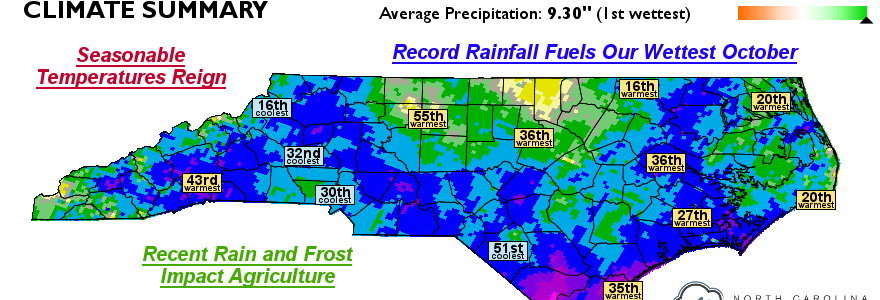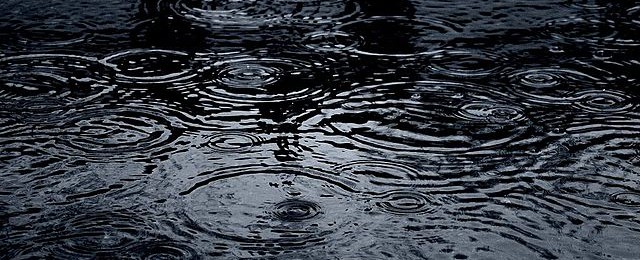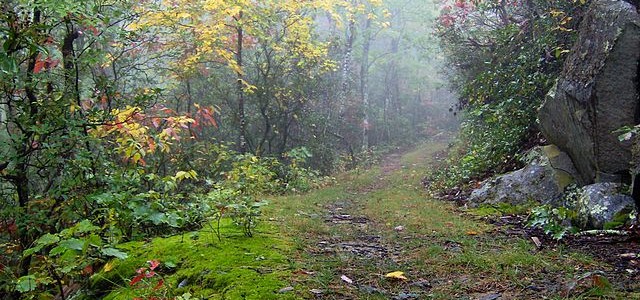-

The State Climate Office of North Carolina posted their October 2015 climate summary online this morning. You can find it at https://climate.ncsu.edu/climateblog?id=160&h=5666e5c1.
Posted in: Climate summaries -

Dr. Marshall Shepherd of UGA has a new post on his blog at Forbes.com about some unusual facts about rain. Whether it is raining or not at your location, you might enjoy reading it. You can find it at https://www.forbes.com/sites/marshallshepherd/2015/11/02/4-odd-facts-about-rain/.
-

I’ve read several articles on fall recently that I have really enjoyed. Since it is too wet to do much outside unless you have to (at least in my area), you might enjoy them too. First, the State Climate Office of North Carolina did a nice explanation of the changing color of the leaves at…
-

The preliminary climate maps for October 2015 show a division between the Carolinas and Virginia, which were wetter than normal, and Georgia, Florida and Alabama, which were mostly drier than normal. The wettest area was the coastal area of South Carolina with a small extension into North Carolina due to the flooding event early in…
Posted in: Climate summaries -

Matt Daniel wrote a blog entry in EarthSky this weekend describing some of the scary weather that has been seen in horror movies. For Halloween you might enjoy reading about them at https://earthsky.org/earth/favorite-scary-weather-scenes-in-horror-movies.
-

Heavy rain is expected to extend in a band across most of Alabama and northern Georgia for this weekend and Monday. Rain is starting to enter Alabama on Saturday morning, but should hold off for Georgia until after Halloween festivities (unless you party really late!). The rain is expected to be heavy at times and…
-

Many of my meteorology friends have posted this fantastic photo of Kelvin-Helmholtz waves over Breckenridge CO yesterday. These clouds often form on windy days (faster wind on top of the wave versus the bottom…wind shear), when there’s a difference in densities of the air, for example, during a temperature inversion. They’re often good indicators of…
Posted in: Interesting weather images